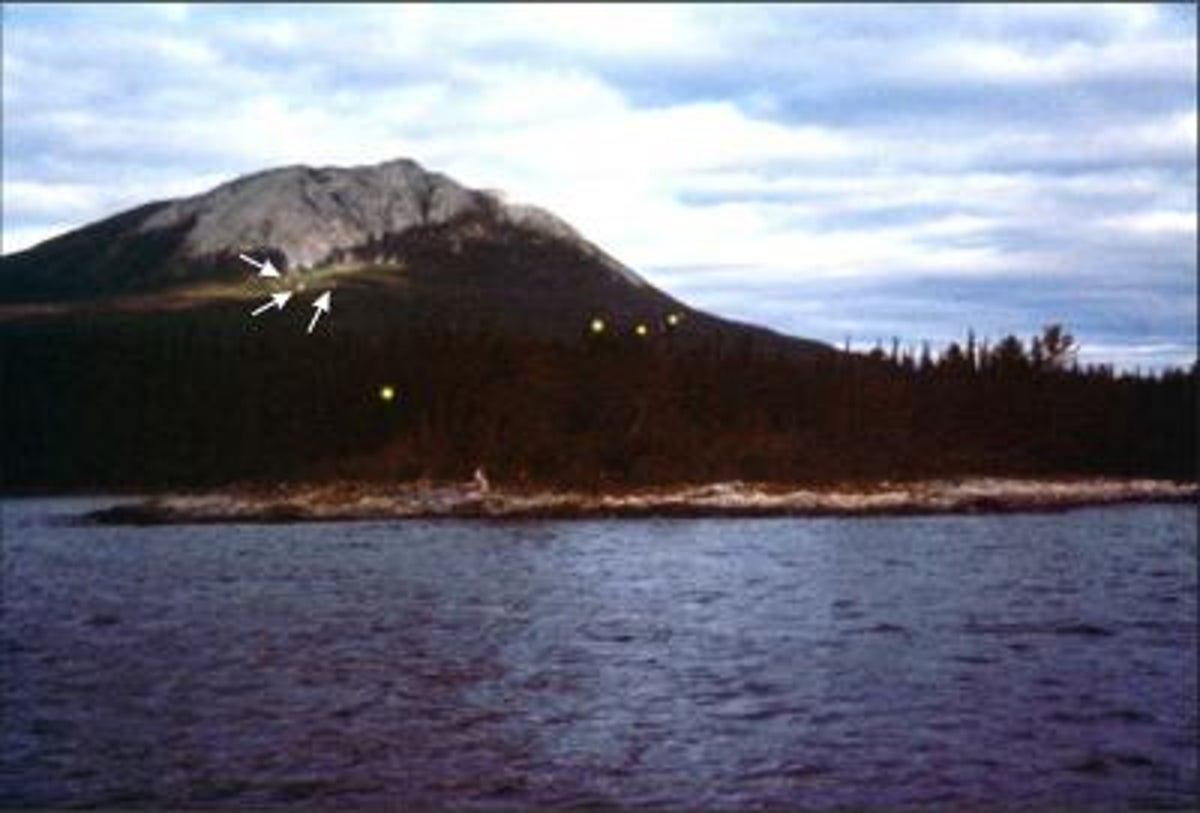
Flashes in the sky above Morocco moments before a devastating earthquake struck the country and killed thousands were captured in social media videos – similar to unexplained lights seen during previous large seismic events as well.
This bizarre occurrence is likely a phenomenon known as earthquake lights (EQL). They were spotted earlier this year during the massive tremors that struck Turkey and Syria, and in 2017 above Mexico after a powerful 7-magnitude earthquake.
One video showing the flashes was captured by the surveillance camera of a house in the Moroccan city of Agadir, when the devastating quake occurred on Friday.
In the video, a strange flash of blue light can be seen near the horizon.
However, studying these lights flashing in the sky moments before earthquakes has been difficult largely due to the unpredictability of tremors.
In many previous cases, sheet lightning, balls of light, as well as steady glows have been reported in association with earthquakes, leading to the phenomenon being called EQL.
Geologists also differ in their opinion on which of these reports constitute solid evidence for EQL.
But experts say at least some of these reports plausibly correspond to EQL, according to the US Geological Survey.
Physicists have a hypothesis for a specific class of EQL spotted in the immediate vicinity of a fault leading to major earthquakes.
In some cases of EQL, they said the phenomenon is associated with electricity arcing from shaking power lines.
Japanese geologist Yutaka Yasui was the first to provide some photographic evidence of the phenomenon, showing in 1973, glowing reddish and blue clouds in the sky during a series of earthquakes that struck the city of Matsushiro in 1965 and 1967.
However, in many other cases, scientists and skeptics alike doubt these sightings are even associated with earthquakes.
“Which ones are actually true, and which ones are products of their imagination, we can’t really say,” seismologist John Ebel from Boston College told The New York Times.
In a section of these reported sightings, the lights may be from the earthquake’s plate tectonic movement, geophysicist Friedemann Freund told The Washington Post.
Writing in a 2014 study on the phenomenon, Dr Freund and his colleagues, noted that stressed rocks such as basalts and gabbros – a type of coarse, igneous rock – can release charge when triggered by seismic waves.
These charges can travel toward the surface, combine to form a “plasma-like state” and create electrical discharges in the air, the researchers said.
The 2014 research, published in the journal Seismological Research Letters, estimated that lights tend to occur for less than 0.5 per cent of earthquakes worldwide.
They said such lights are most commonly spotted in Italy, Greece, France, Germany, China and South America, but have also been reported on rare occasions in regions as far apart as Japan and North America.
The theory goes that when quakes deform such electrically conductive rocks on the Earth’s crust, electric charges can accumulate across a section of the planet’s surface.
Eventually, these discharges can attract charged particles in the upper atmosphere to produce light overhead.
But how the Earth’s surface can concentrate and sustain such large charge densities in an electrically conductive Earth remains largely unexplained.
“It’s one of those persistent mysteries that hang around and never quite get nailed,” physicist Karen Daniels told The Times.







